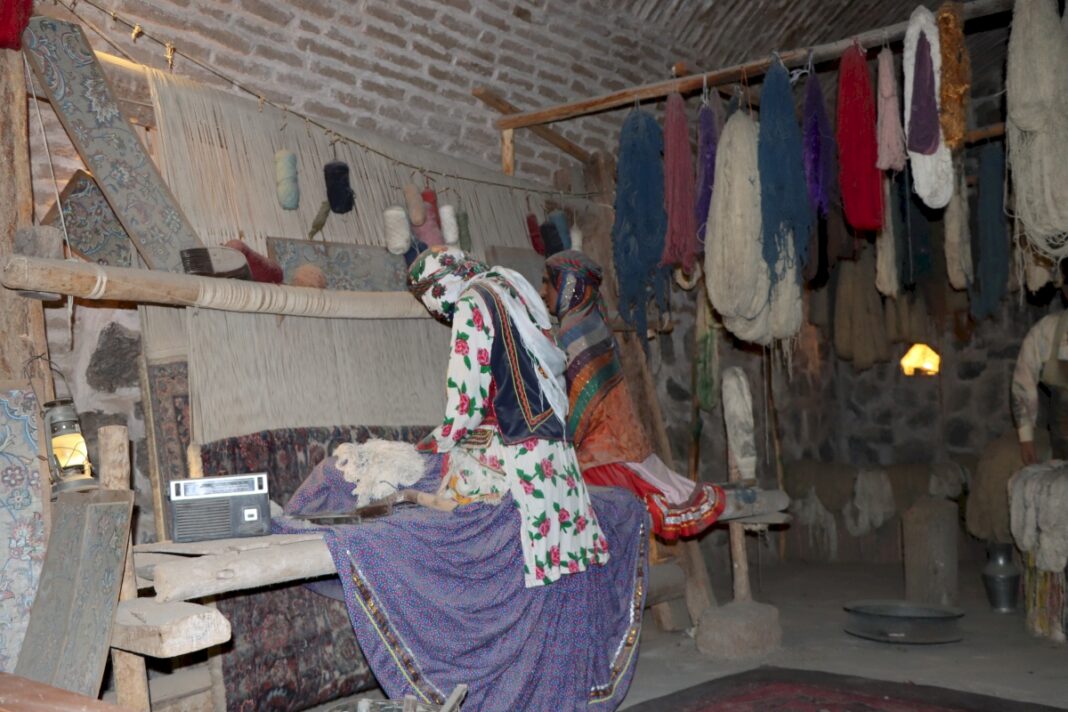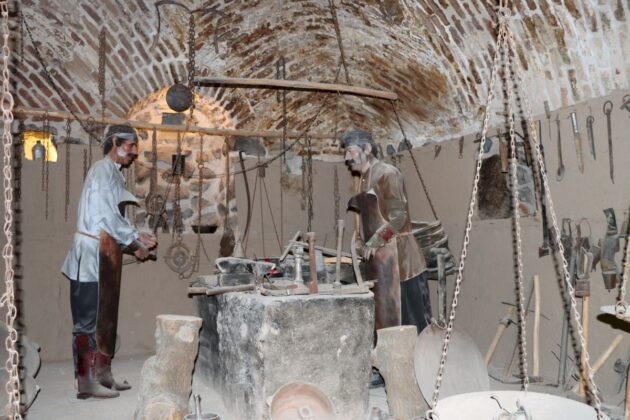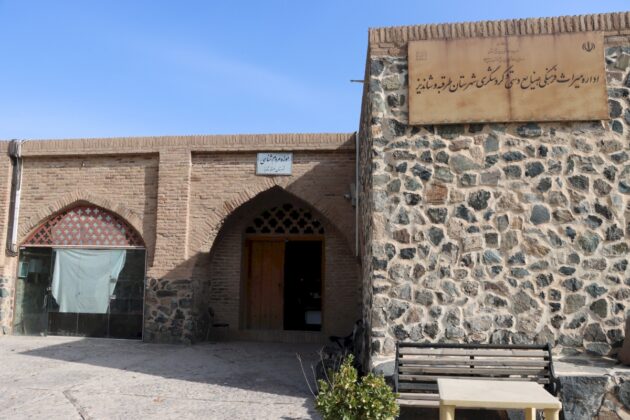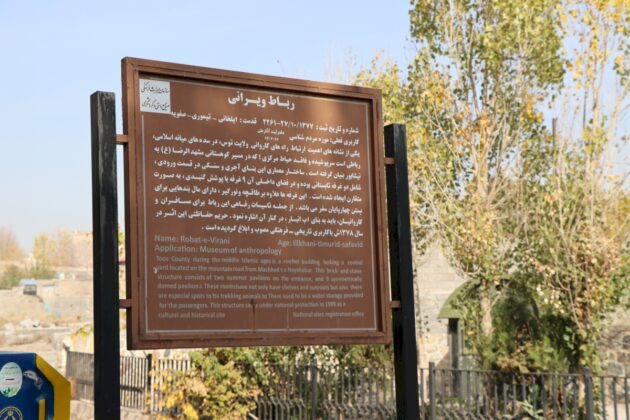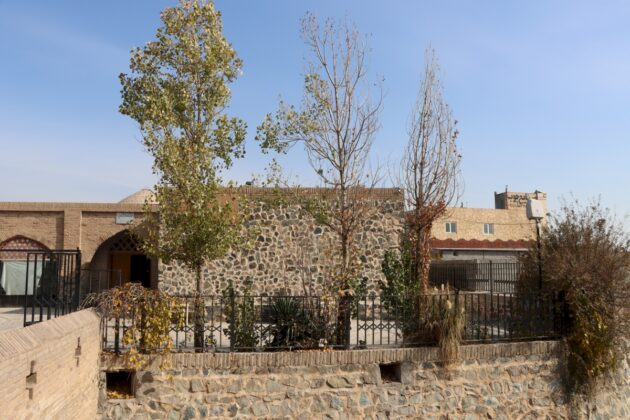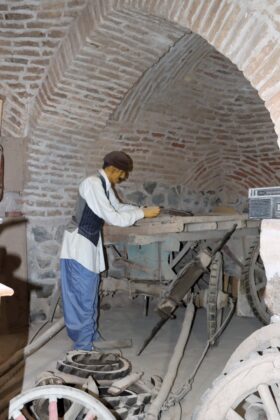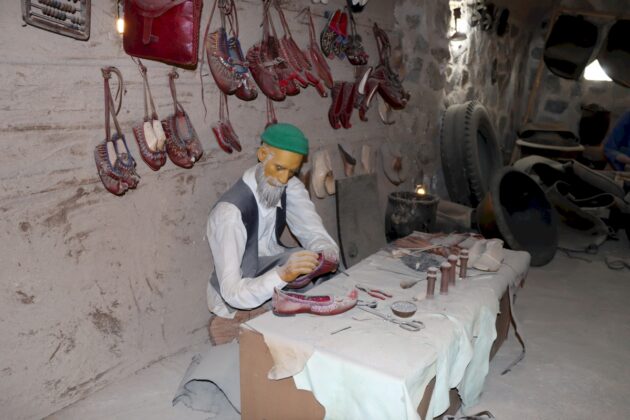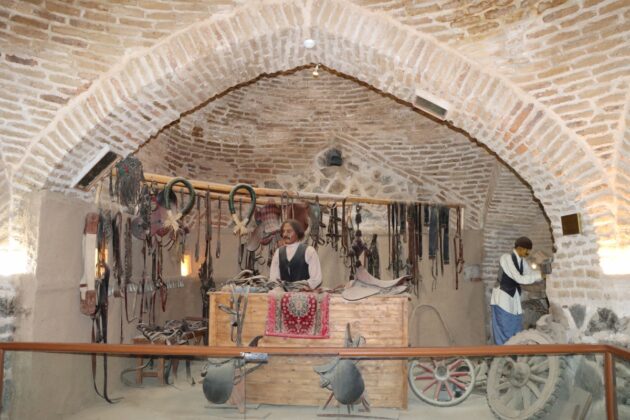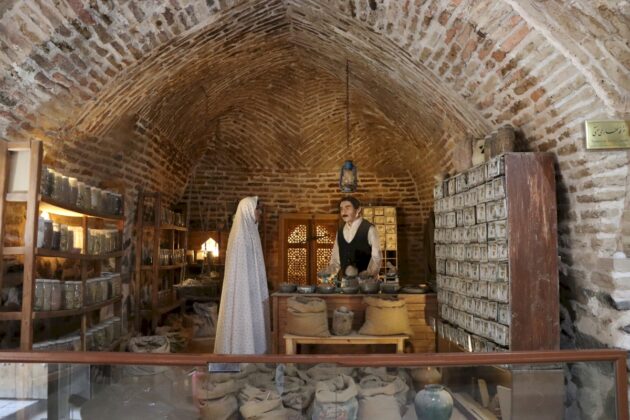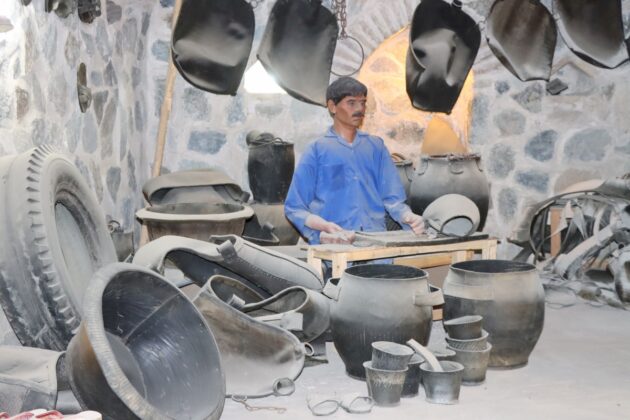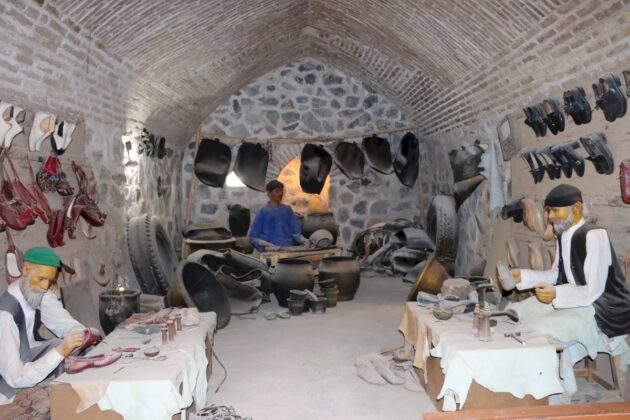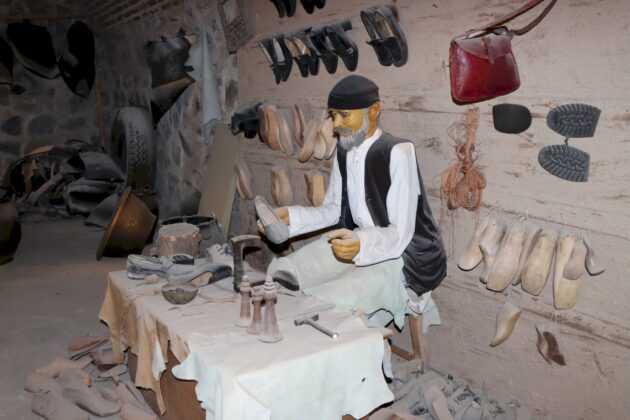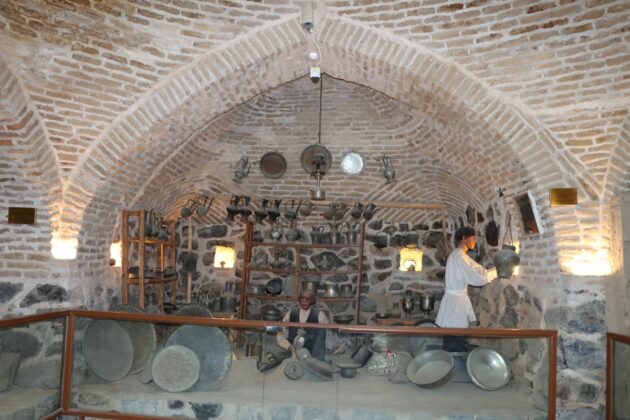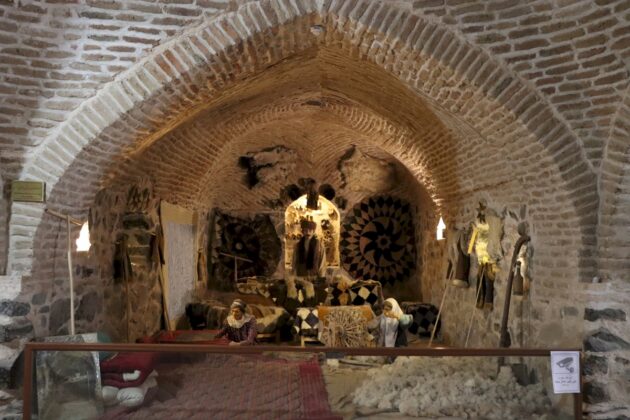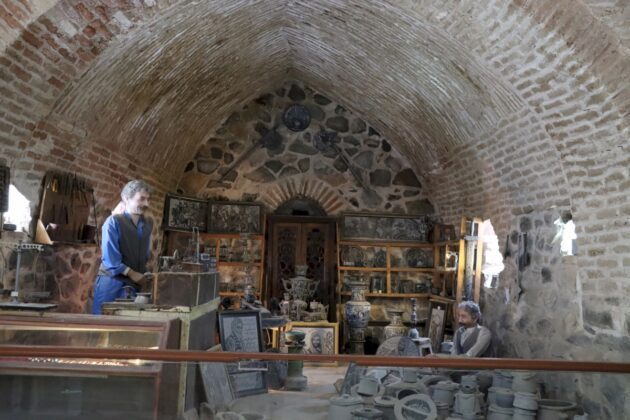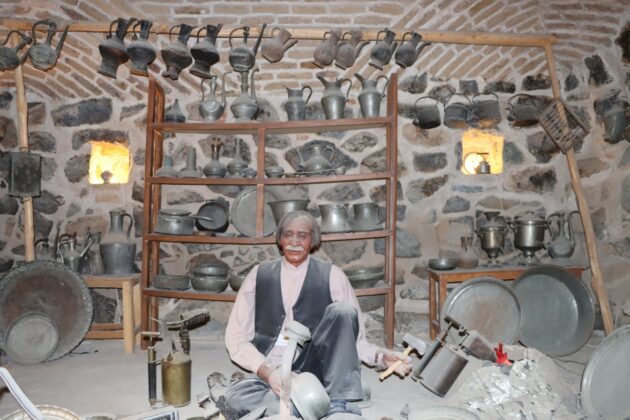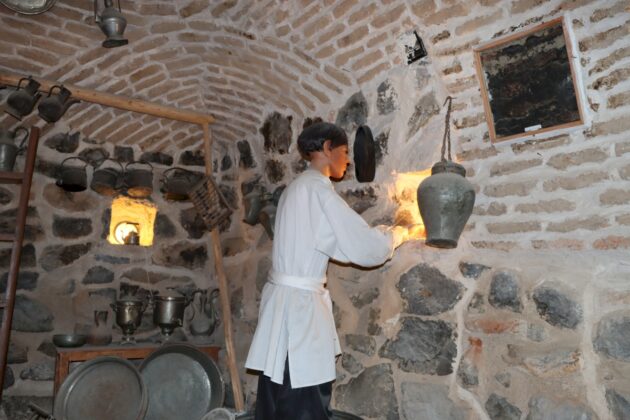The museum is established at a caravanserai, which dates back to the Teymouri era, roughly 650 years ago, and was still in use in the Safavid era in the mid-18th century.
The museum is established at a caravanserai, which dates back to the Teymouri era, roughly 650 years ago, and was still in use in the Safavid era in the mid-18th century.
The Robat – another Persian word for caravanserai – is located in Virani village on a route that connects Neishabour, a historical capital of Iran, and Tous, both of them located south of Mashhad.
The Robat, which was registered as a national heritage site in 1998, is a covered structure, without a central court, and consists of nine rooms.
The museum, it hosts, puts on display and introduces a host of jobs, which were historically practiced in what is now the Khorasan Razavi Province, including cutting turquoise, saddle-making, cart-making, broom-weaving, mat weaving, apothecary and herbs, etc.
The jobs are a fraction of the more than 300 professions registered in the area in the past centuries.
